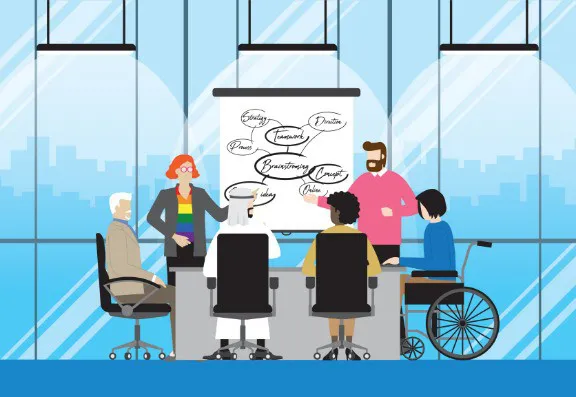Use of facilities
Do you have designated male and female toilets?
How will you make sure trans workers feel free to choose the facilities appropriate to their gender? And how will you handle complaints raised by other workers or patients who feel uncomfortable with this?
Absences from work
How will you manage and record absences for transitioning employees?
They might have a higher absence rate for medical reasons or other associated appointments.
Are you treating these absences any less favourably than you would sickness absences?
Contracts
Do your contracts reflect your employees’ correct identity?
Do you have the same process in place for non-binary employees?
Bullying
Is bullying of trans workers treated with the same seriousness as other instances?
How will you ensure you’re aware of and can address more subtle forms of bullying?
These could include excluding people from distribution lists or deliberately using the wrong pronouns.
Data and GDPR
How are you processing data relating to employee gender reassignment and history?
How will you make sure that trans employees aren’t “outed” due to old data emerging from your systems?
Do you store sensitive data on remote, secure databases? (Tip: if you’re not, you should be!)
How do you make sure that informal sharing of this information is prevented?
CIPD research has found that over 10% of employees have experienced their LGBTQ+ identity being disclosed without their permission.
Recruitment
Are you confident your current recruitment process and procedures don’t breach The Equality Act 2010 in relation to gender reassignment and sexual orientation?
Trans candidates are not required to inform you they’ve transitioned – do you know how to handle this in the event it becomes clear during the document checks?
Over 20% of LGBTQ+ workers experience discrimination during recruitment and promotion.


